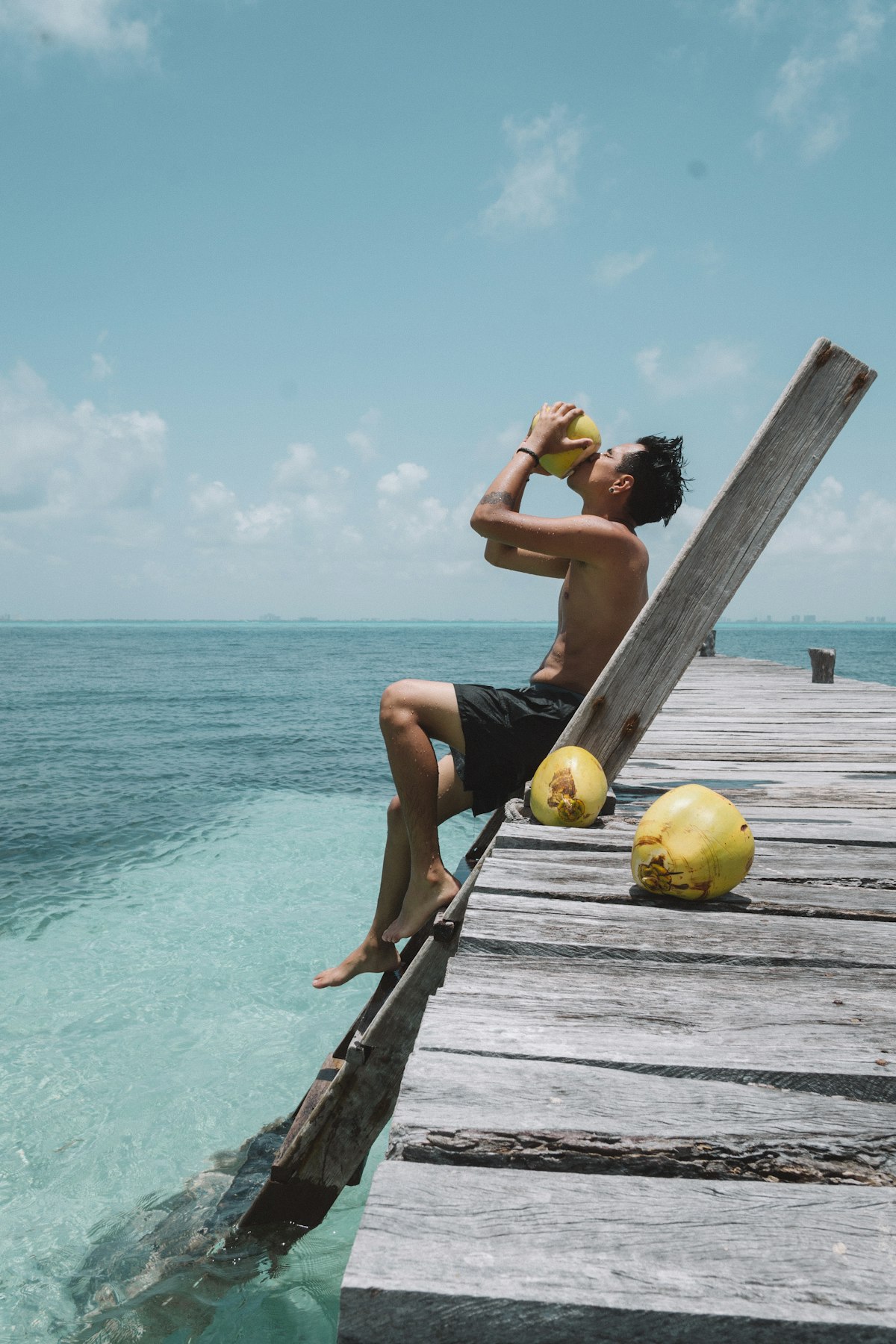Quintana Roo and its tourism sector facing a security crisis due to violence
The state of Quintana Roo, the jewel of the Mexican Caribbean faces recent violence generated by organized crime, which has subdued tourism, its most important economic activity.

The recent crimes in Tulum and Puerto Morelos, each with two fatalities, have raised the alarm about Quintana Roo, which, after the wave of violence in Guerrero, became Mexico's tourist jewel. Today, Quintana Roo is being stalked by organized crime groups seeking to gain territory for extortion and drug trafficking. Authorities identify the presence of at least four cartels: the Jalisco New Generation (CJNG), the Sinaloa, Los Zetas, and the Northeast, as well as several local gangs.
Violence in the state is not new. For the past four years, Quintana Roo has been experiencing an unprecedented series of crimes, a situation that puts the region's most important economic sector at risk: tourism. Security and tourism specialists consulted by Expansión Política agree that the more successful and in-demand a city or state is, the more attractive it becomes for organized crime, and therefore the intervention of a specialized security strategy is urgently needed.
Since 2017, Quintana Roo has seen several violent events that were previously unusual, even when the rest of the country was suffering the consequences of the so-called war on drug trafficking, launched in 2006 by then-President Felipe Calderón. One of these events was the shooting at the famous Blue Parrot nightclub in Playa del Carmen, committed on January 16, 2017, and which left six dead and 15 wounded, most of them foreign nationals.
In 2019, seven people were killed in another establishment in the same city, which is considered "the heart of the Riviera Maya". And in July of this year, authorities found a clandestine grave with some human remains on the outskirts of Cancun. According to figures from the Executive Secretariat of the National Public Security System (SESNSP), from 2017 to 2020, Quintana Roo had an 80.7% increase in intentional homicides.
Until before that period, the state registered just 167 murders in 2016, and 232 in 2015. But by 2017, it already accumulated 359 homicides. Then, the figure shot up to 774 in 2018; and to 778 in 2019, which is the highest on record. In 2020, intentional homicides dropped to 649 cases, and from January to September of this year, Quintana Roo reported 495 murders. In addition, Cancun is the second Mexican city with the second-highest perception of insecurity (88.7%), according to INEGI's National Public Safety Survey.
This week, at a press conference, the Hotel Association of Cancun, Puerto Morelos, and Isla Mujeres, in Quintana Roo, called upon the three levels of government, as well as the National Guard, to address, with firm and forceful actions, the presence of insecurity in the tourist destinations of the state. The hotel industry emphasized that insecurity is an obstacle to the economic reactivation of the country and, in particular, of tourism, one of the sectors most affected by the impact of the COVID-19 pandemic.




